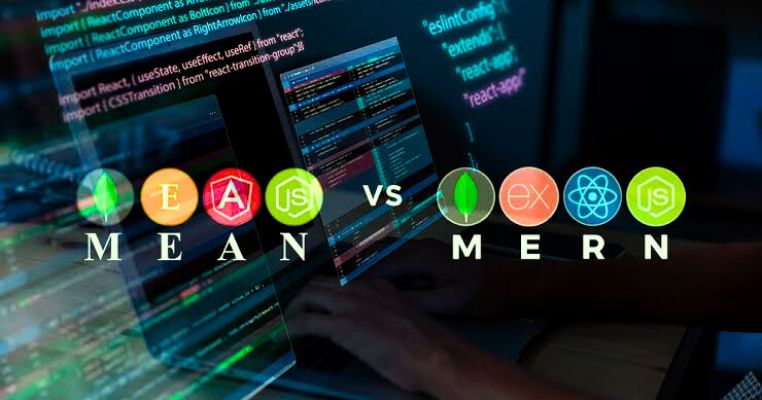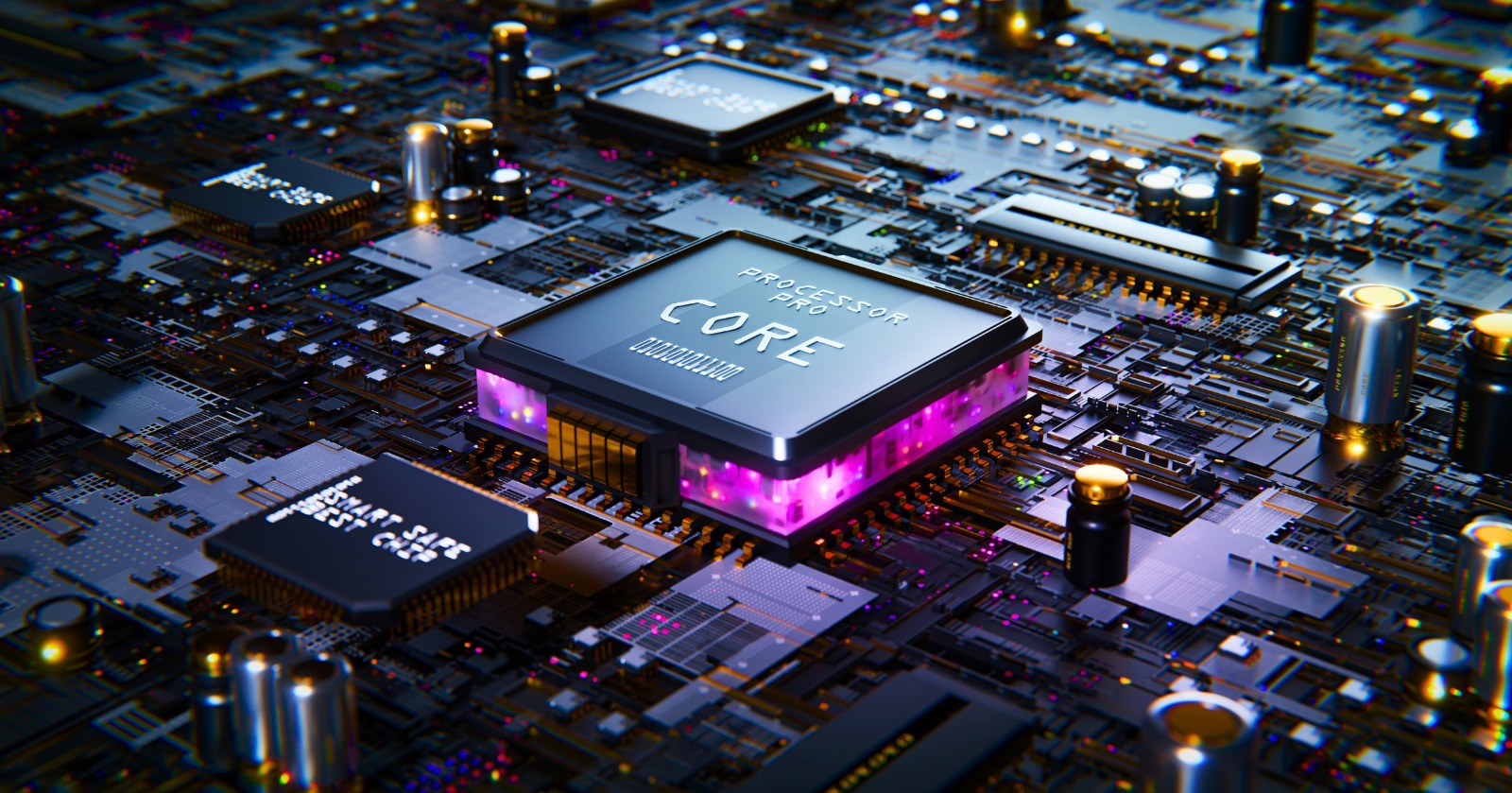In the fast-evolving world of web development, choosing the right technology stack can make or break your project. Two popular options—MERN and MEAN stacks—offer powerful, full-stack JavaScript solutions for building dynamic web applications. But which one should you pick?
What is MERN Stack?
MERN stands for MongoDB, Express.js, React, and Node.js. This stack is widely used for building high-performance single-page applications (SPAs) and real-time dashboards. React, developed by Facebook, provides a component-based architecture that makes UI development efficient and interactive.
What is MEAN Stack?
MEAN stands for MongoDB, Express.js, Angular, and Node.js. Angular, developed by Google, is a robust framework that includes built-in tools like routing, form handling, and two-way data binding—ideal for enterprise-level applications that need structure and scalability.
Quick Comparison: MERN vs MEAN
| Feature | MERN Stack | MEAN Stack |
| Frontend | React.js | Angular |
| Flexibility | High | Moderate |
| Learning Curve | Gentle | Steeper |
| Performance | Fast with Virtual DOM | Strong with built-in tools |
| Ideal For | Startups, SPAs | Enterprise apps, complex workflows |
Key Differences:
Frontend Framework:
- MERN uses React, a flexible and lightweight JavaScript library that enables reusable UI components and fast rendering using the Virtual DOM. Learn more from the official React documentation.
- MEAN uses Angular, a complete front-end framework offering tools like dependency injection and RxJS observables. Explore the Angular documentation here.
Learning Curve:
- MERN is easier for beginners due to React’s modular approach and minimal setup.
- MEAN requires understanding TypeScript and Angular CLI, which can take time but offers a complete development environment.
Community & Ecosystem:
- React (MERN) enjoys a massive ecosystem, with abundant third-party libraries and tutorials.
- Angular (MEAN) provides structure and guidance, making it easier to maintain consistency in large teams.
Pros and Cons
MERN Stack: Pros
- Flexibility in choosing libraries and tools.
- Fast rendering with React’s Virtual DOM.
- Easier learning curve for new developers.
- Ideal for quick prototyping and SPAs.
MERN Stack: Cons
- Less opinionated—developers must make more decisions.
- Might require additional setup for state management (Redux, Zustand, etc.).
MEAN Stack: Pros
- All-in-one framework with everything built-in.
- Strong support for TypeScript.
- Structured architecture benefits large teams.
- Better suited for enterprise-level applications.
MEAN Stack: Cons
- Steep learning curve.
- Less flexibility due to Angular’s opinionated nature.
When to Choose MERN
Choose MERN if:
- You’re working on fast MVPs, dashboards, or startups.
- Your team is familiar with React.
- You want flexibility and control over your architecture.
When to Choose MEAN
Choose MEAN if:
- You’re building complex applications at scale.
- Your team prefers a TypeScript-first, structured environment.
- You value consistency across large teams and enterprise workflows.
- You’re using advanced CI/CD tools and require robust modularization.
🎓 For Students and Beginners
MERN is often the go-to choice for students learning full-stack development. With a gentler learning curve and vibrant community support, beginners can start building projects with minimal configuration.
Conclusion
Both MERN and MEAN stacks offer full-stack capabilities for modern web applications. MERN excels in flexibility and speed, while MEAN offers structure and reliability for large-scale apps. The choice ultimately depends on your project needs, team preferences, and long-term scalability goals. Need help choosing the right hosting for your stack? Explore our optimized Node.js VPS solutions for both MERN and MEAN applications.



